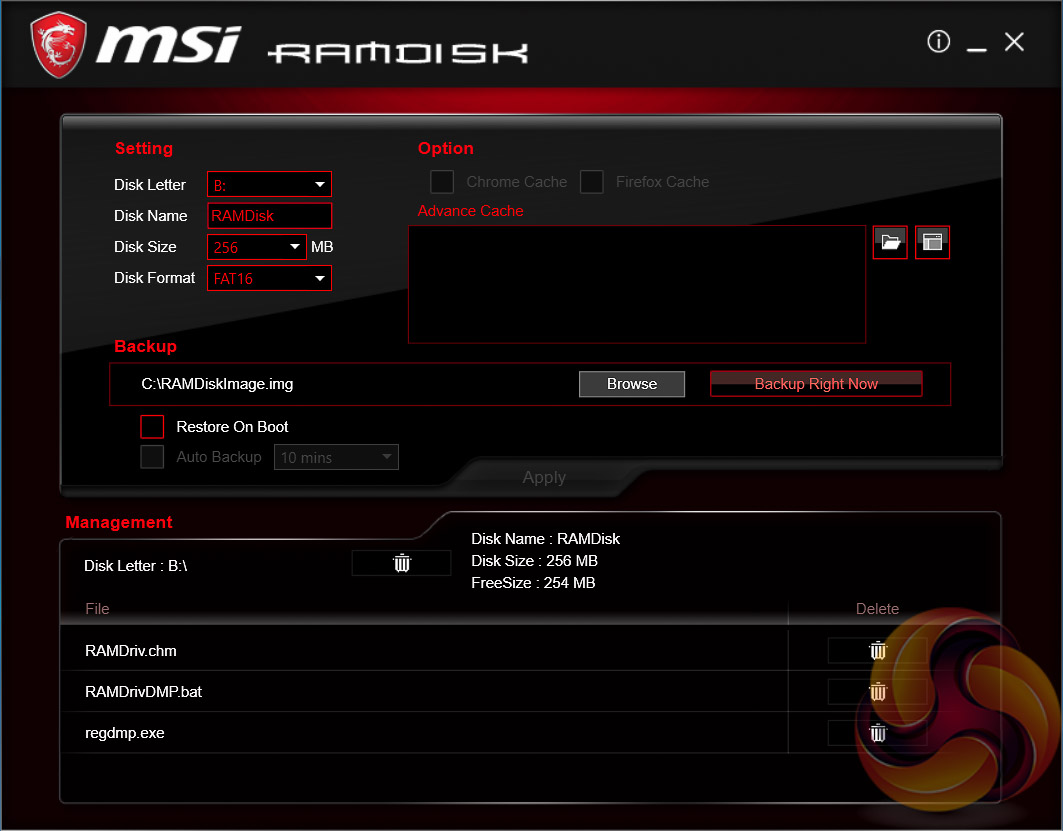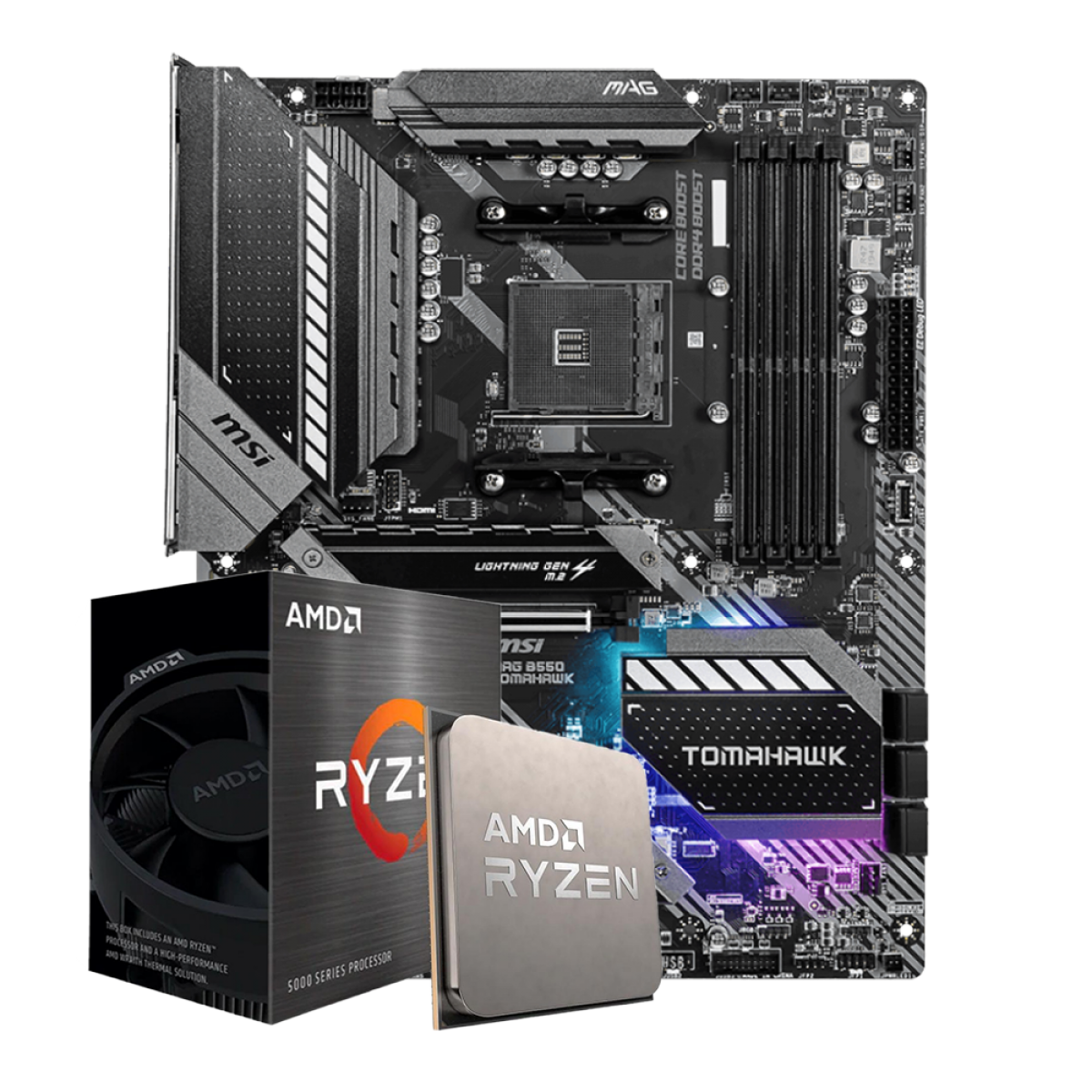

In short, there’s nothing out of the ordinary, nothing noticeably slower or faster than the rest. It was slower in the Procyon Office suite, but otherwise just as performant as the rest.

Although I would like to see PCIe 5.0 on the graphics side, the reality is that it simply isn’t needed and won’t be for at least another couple of generations.Īs far as performance goes, the B660M Mortar DDR4 did well overall, mixing it up with the other DDR4 boards we’ve tested lately. If you want PCIe 5.0 support on these MSI boards, you’ll have to move to the H670 Tomahawk WIFI DDR4. All B660 motherboards use a PCIe 4.0 x16 slot for the graphics card. Features include two M.2 sockets, six SATA ports, a 20 Gbps USB Type-C port, capable power delivery, high-quality audio and more. The MicroATX-size B660M Mortar WIFI DDR4 includes everything most users need, just in a smaller package at a cheaper price. Priced at $179.99, it sits just below the ATX-size Tomahawk WIFI DDR4 ($189.99). Today we’re looking at the MAG B660M Mortar WIFI DDR4. The prices range from $199.99 for the Tomahawk WIFI (DDR5) down to the PRO B660M-A WIFI (DDR4) at $149, both are a lot more reasonable than most Z690 options. MSI lists seven different B660 boards for the US market across the Tomahawk, Mortar and Pro lines that include DDR4- and DDR5-based options. In short, you’re losing a bit of everything compared to Z690, from USB ports to M.2 and SATA, but for many users who don’t need four M.2 sockets and won’t overclock the processor, the cheaper entry price into the Alder Lake platform will be a breath of fresh air. The table below should clarify any confusion between the 600 series chipsets, along with this article we posted a few weeks back. This reduction in bandwidth limits connectivity options on H610 and B660 motherboards (for things like M.2/SATA/USB). Other differences include the DMI interface connection: On B660 it’s limited to x4 DMI 4.0, where Z690 and H670 have the full x8 DMI 4.0. Again though, that depends on whether a board partner chooses to implement it–MSI does not for this board. Z690 and H670 include one or two PCIe 5.0 expansion slots, while B660 and H610 are limited to one PCIe 5.0 slot. However, not all board partners integrate that support on their boards. In the end, Intel designed the chipsets to bring many (but not all of) of the bells and whistles you’ll find on the more expensive Z690-based options to you at a lower price point.Įven though these are the budget motherboards, you still get PCIe 5.0 support from the Alder Lake processor across all 600-series chipsets. However, memory overclocking is possible across Z690, H670, and the B660 chipsets (H610 is locked down entirely).

Where Z690 allows for overclocking the CPU, these chipsets/boards do not. But there are a few differences between these new chipsets and varying reasons why they are less expensive.


 0 kommentar(er)
0 kommentar(er)
